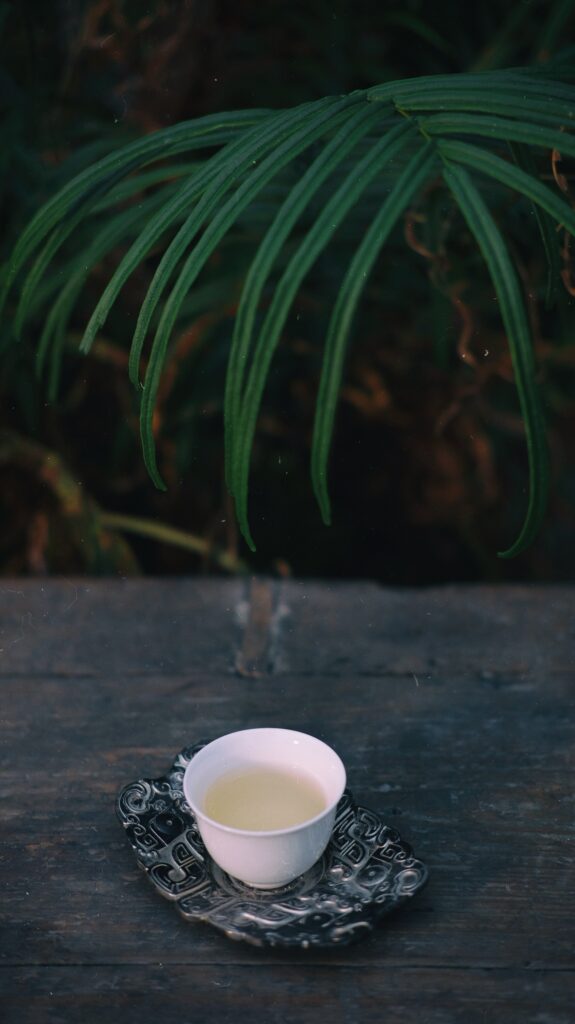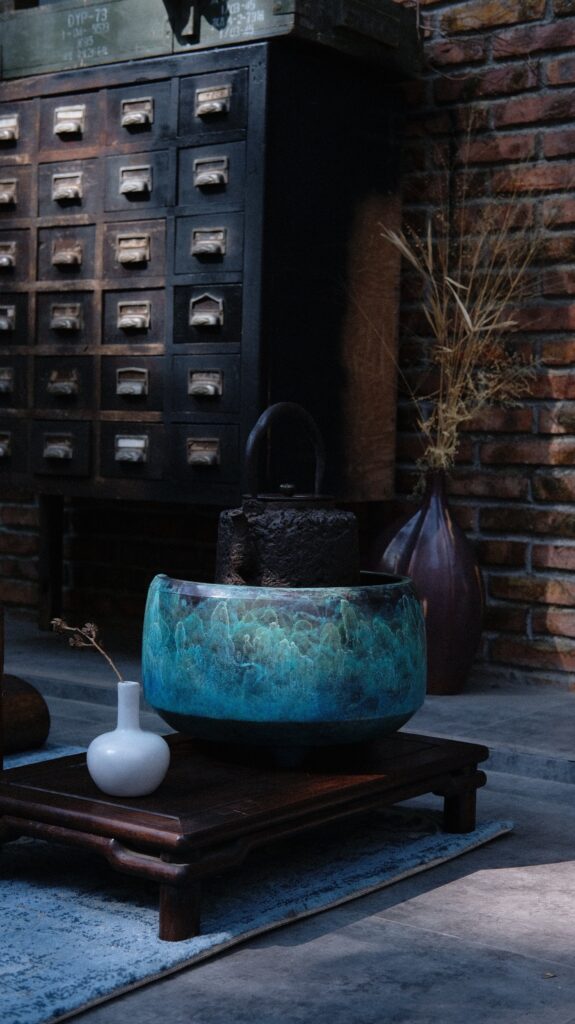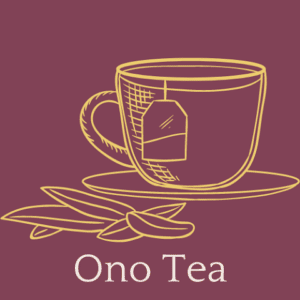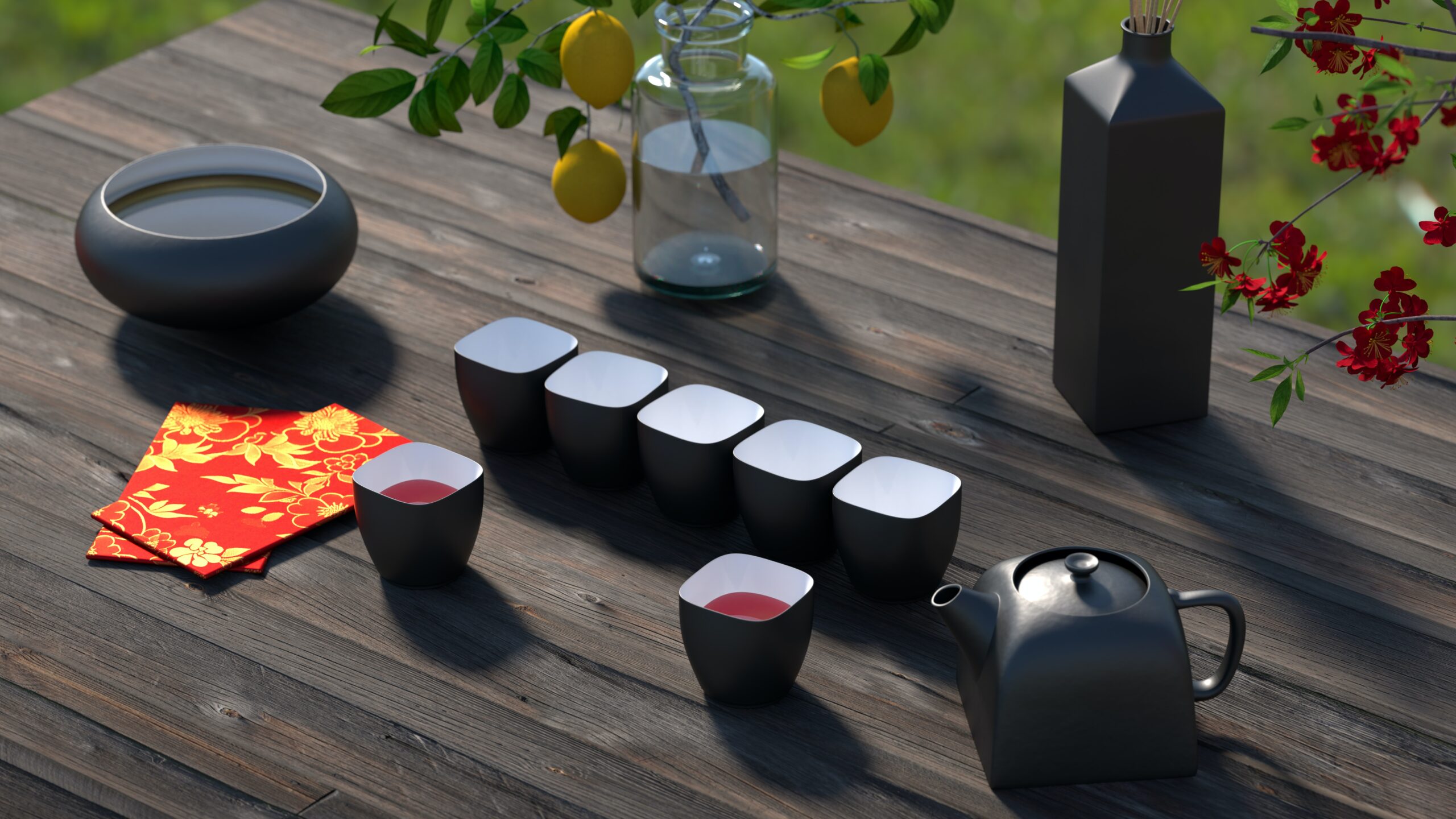As beverages go, Oolong tea is one of the best you can have for its health benefits. It’s an energizing tea brewed from the Camellia Sinensis Plant that is Semi-oxidized in the sun shortly after it’s picked and is wildly popular in China.
Oolong tea has 30-50 mg of caffeine per 8oz Cup; if you allow the tea to steep longer, the caffeine content increases. In comparison with black tea, Oolong tea contains less caffeine, while green tea contains more caffeine. Also, the caffeine content is generally an estimate because some variables can make it have too much caffeine.
There’s more to Oolong tea than meets the eye. This article will detail more information on Oolong tea’s caffeine content, the types of Oolong tea leaves, and its health benefits. So let’s get started.
How Much Caffeine in Oolong Tea
Oolong tea can have as little as 10mg of caffeine per cup and can rise to 102mg if steeped longer.
Compared to the other herbal teas belonging to the same Camellia sinensis plant – black and green tea, black tea has about 45-70mg of caffeine. On the other hand, green tea’s caffeine content ranges from 20-45 mg.
Other variables that can affect the caffeine content are;
- The amount of tea leaves used
- Your cup size
- The ratio of water to leaves
- The specific type of tea
- Brewing tea temperature
- Re-steeping the tea. (This lowers the caffeine content as against steeping longer for increments)
Another thing to consider is the variety of Oolong. Oolong leaves can be grown in different seasons, affecting its caffeine content.
Oolong leaves harvested in the winter or spring can have less caffeine; the young leaves will have more caffeine concentration than matured leaves.
In contrast, teas harvested in the fall or summer can potentially have more caffeine as a result of more extensive growth during these seasons.
For instance, Oriental Beauty tea, picked in the summer, has 102mg of caffeine. However, after brewing, the abovementioned variables might still affect its final caffeine content.
Furthermore, the production method can determine the caffeine content. Oolong leaf of the roasted variety has less caffeine than the unroasted sort.
This is because, during the roasting, the heat sublimates the caffeine, turning the caffeine into a gaseous form and releasing it into the air. If you’ve been to a roasting factory, you’re likely to observe the evidence of caffeine formations on walls, ceilings, and the surfaces of ovens.
Aging tea leaves is also another contributor to minimal caffeine content. Tea’s flavor profile changes when it ages, becoming sweeter and losing its bitter content.
It stands to reason that the bitter concentration, mostly attributed to the caffeine content, slowly transforms into different chemical compounds with milder flavor profiles.
To that end, when seeking Oolong tea, consider the caffeine concentration you seek to choose the perfect tea.
Why Should I Drink Oolong Tea?
Oolong tea has long been a favorite in China, served alongside meals. And as you might know, if there are people who have a firm hold on tea, it’s the Asian community.
But choosing Oolong tea provides you with different varieties and unique flavor profiles to explore. Also, it’s made from the leaves of the Camellia sinensis plant. It produces black tea and green tea.
It has numerous health benefits, all of which we will discuss in other sections of this article.
They all have different production methods, but the tea leaves are mostly withered and semi-oxidized, left to dry in shade after the semi-oxidation in the sun.
Also, it’s basket-tossed to reduce and break down the tea’s surface level before it’s wok-fired to stop the oxidation process.
Types of Oolong Tea
Oolong’s flavor profile includes fruity, rich, or woodsy terpenes. So, if you’re feeling bold and adventurous, Here are our top five tea types to check out:
Phoenix Tea (Dan Cong)
Phoenix tea is one of the notable and best-selling Oolong teas produced in Guangdong Province in southern China. Also, just like the name implies, Phoenix tea comes from Phoenix Mountain in Guangdong province.
Its Chinese name translation means “Single Stem.” This is because Oolong tea is harvested from one stem of the tea plant.
Typically, the pickers select 3–4 leaves at a time, then leave them to wither indoors and outdoors before dancing them on large bamboo plates.
The tea is known for its full-bodied feel as well as its rich natural flavor and aroma.
Some Phoenix teas have fruity or spicy flavors, while others have juicy, floral, and fruity flavors. You can enjoy Phoenix tea with fruits and light desserts like cheesecake.
Iron Goddess of Mercy (Tie Guan Yin)
Another famous Oolong tea is the Iron Goddess of Mercy (Tie Guan Yin) from Anxi in Fujian. There are many legends surrounding its origin, but one that stands out is the one about the farmer who received a blessing from the gods for his dedication to cleaning the neighborhood temple.
The local farmer, named Wei, had a vision where the gods instructed him to visit the temple grounds for a gift.
There, he found the tea and catered to it, sharing it with his friends and growing in dependence on it. The truth is that Tieguanyin tea is an exceptional Oolong tea with unique characteristics and layers of backstory.
The Iron Goddess of Mercy (Tie Guan Yin) produces a pale gold aromatic liquid and is considered a light and airy Oolong tea. Furthermore, it has a lasting floral aftertaste and flavor profiles with hints of flowers and honey.
Wuyi Oolong Tea (Da Hong Pao)
As opposed to the Iron Goddess of Mercy, Wuyi Oolong tea is considered a “dark” Oolong tea. It grows in the Wuyi region of China, famous for its rocky terrain.
The tea has a deep smoky flavor thanks to being manually roasted with charcoal and having a high oxidation level.
Wuyi Oolong tea (Da Hong Pao) has a dark amber color with unique mineral components. The dark color is a result of the roasting. Also, Some people might find it to have a distinctively spicy mouthfeel.
The tea leaves twist and curl in a visually appealing way, and it’s not exactly the most affordable tea. So prepare your pockets!
High Mountain Oolong Tea (Gaoshan)
This tea is unique to Taiwan and is one of their most distinctive teas. The cultivars used for its creation are Qing Xin and Jin Xuan, two different but unique Oolongs.
High Mountain Oolong tea is hand-picked from mountains in central Taiwan.
Also, the tea leaf is solid, tight, round, and lightly oxidized, yielding rich and fully flavored juice. The oxidation also accounts for the tea’s light, crisp, and floral taste. The flavor doesn’t dissipate even after you brew it several times.

Milk Oolong Tea (Jin Xuan tea)
Like the rest of the Oolong teas mentioned above, Milk Oolong tea (Jin Xuan tea) is grown on a mountainside. And like High Mountain Oolong Tea, Milk Oolong Tea originates from Taiwan.
It’s widely known for its buttery and creamy milky flavor, which is delicately processed.
This characteristic milky tone results from the unique mountain conditions the tea grows in and the special cultivars found in Taiwan. This is the perfect Oolong tea for those seeking teas with unique undertones.
Health Benefits of Drinking Oolong Tea
Oolong tea has lots of properties that enrich the lives of its drinkers. For starters, some properties it features are:
- It’s likely to help manage inflammatory bowel disease and aid digestion.
- It may have an immune-regulatory effect.
- It might have antioxidant activity.
- Oolong tea may improve intestinal microorganisms’ growth.
- It might also act as a neuroprotective agent, which may help with depression.
- It might have anti-inflammatory activity.
- It might reduce one’s blood glucose levels and help manage diabetes.
- It might lower oxidative stress, a situation where the body’s cells contain excessive free radicals.
With that in mind, here are some of the health benefits Oolong tea is associated with:
It Helps With Weight Loss
Studies show the anti-obesity properties of Oolong tea can potentially help its users shed some weight. Oolong tea’s antioxidants interact with good bacteria in one’s digestive system, inhibiting the body from absorbing fatty acids.
However, consult your healthcare provider for a proper diagnosis beforehand. As much as research states it’s a good alternative for weight loss, you will still benefit from speaking with an expert. This is because Oolong tea helps with obesity and needs more research.
Improve Dental and Bone Health
Oolong tea contains antioxidants that lower bone fracture risks and increase bone mineral density.
Also, it has fluoride, a compound often added to toothpaste, mouthwash, and drinking water for dental cavity prevention.
Fluoride naturally occurs in Oolong tea, so you’ll likely experience a decrease in plaque and gingivitis.
Although consuming Fluoride excessively is harmful, it wouldn’t pose a problem for most adults, provided you limit your tea consumption to less than 1 liter.
Lower One’s Blood Pressure
Research also found that Oolong tea can lower one’s high blood pressure. In addition, it may help treat hypertrophy and necrosis of cardiomyocytes, which may cause heart failure.
Nonetheless, that’s not grounds for drinking the tea without consultation with a doctor. Self-medicating might worsen the condition, so speak with an expert first and follow their directives.
Improve Mood, Attention, and Brain Function
Self-serving drinks that can improve one’s mood, attention, and brain function have a nice ring. The caffeine in Oolong tea will likely release norepinephrine and dopamine in the user, improving brain functions, etc.
Theanine, an Amino Acid in Tea, Relieves Anxiety
It goes without saying that no one agrees with the idea of anxiety. It does nothing but hamper one’s desires. Oolong tea can potentially improve one’s anxiety, cognition, information processing speed, and memory.
Also, studies show that consuming Oolong tea regularly can lower cognitive impairment risks as well as cognitive decline.

Improves One’s Heart Health
The rich antioxidants in Oolong tea can improve one’s cholesterol level, thereby improving heart health and reducing heart disease risk.
A study in China shows that people who drink Oolong tea regularly, or at least 10 ounces of Oolong tea per week, will have a lower risk of triglycerides and LDL.
Despite the tea’s caffeine content, it has minimal effect on hypertension because the caffeine content is low.
Boosts Energy
Oolong tea’s caffeine content is a certified energy booster. And although Oolong tea does not have as much caffeine as a regular Cup of Joe, it gets the job done.
This is because Oolong tea has additional help from an amino acid called L-theanine.
L-theanine promotes, among other things, relaxation and focus. So, it works with the antioxidant Catechins to slowly absorb Oolong tea into one’s body, bringing about a sustainable energy boost.
Reduced Risk of Cancer
Another excellent benefit of Oolong tea is its cancer prevention.
More information and research are needed to verify this study, but the little-known facts about Oolong tea show promise in helping with ovarian and breast cancer.
All thanks to its antioxidants and polyphenols, which help ward off cell mutations, decreasing the chances of cancer division. But of course, kindly consult your doctor for confirmation and medication, and don’t rely on Oolong tea.
Side Effects of Oolong Tea
Oolong tea can affect people who are sensitive to caffeine, regardless of the nature of its caffeine content. So limit your regular Oolong tea consumption.
Side effects can range from mild to severe and include
- Ringing in the ears
- Irregular heartbeat
- Dizziness
- Heartburn
- Confusion
- Diarrhea
- Nervousness
- sleep problems
- Tremor
- Headache
- Convulsions
- Irritability
- Vomiting
Conclusion
If you love drinking tea, Oolong is an excellent tea to drink.
As far as Herbal teas go, they have their own unique features that separate them from green and black teas. It’s commonly consumed in Asian countries during meals and has many wonderful health benefits.
Its caffeine levels are within 30–75 mg of caffeine. Also, it has different vanities with unique flavors and aromas you can explore. Give it a try.

